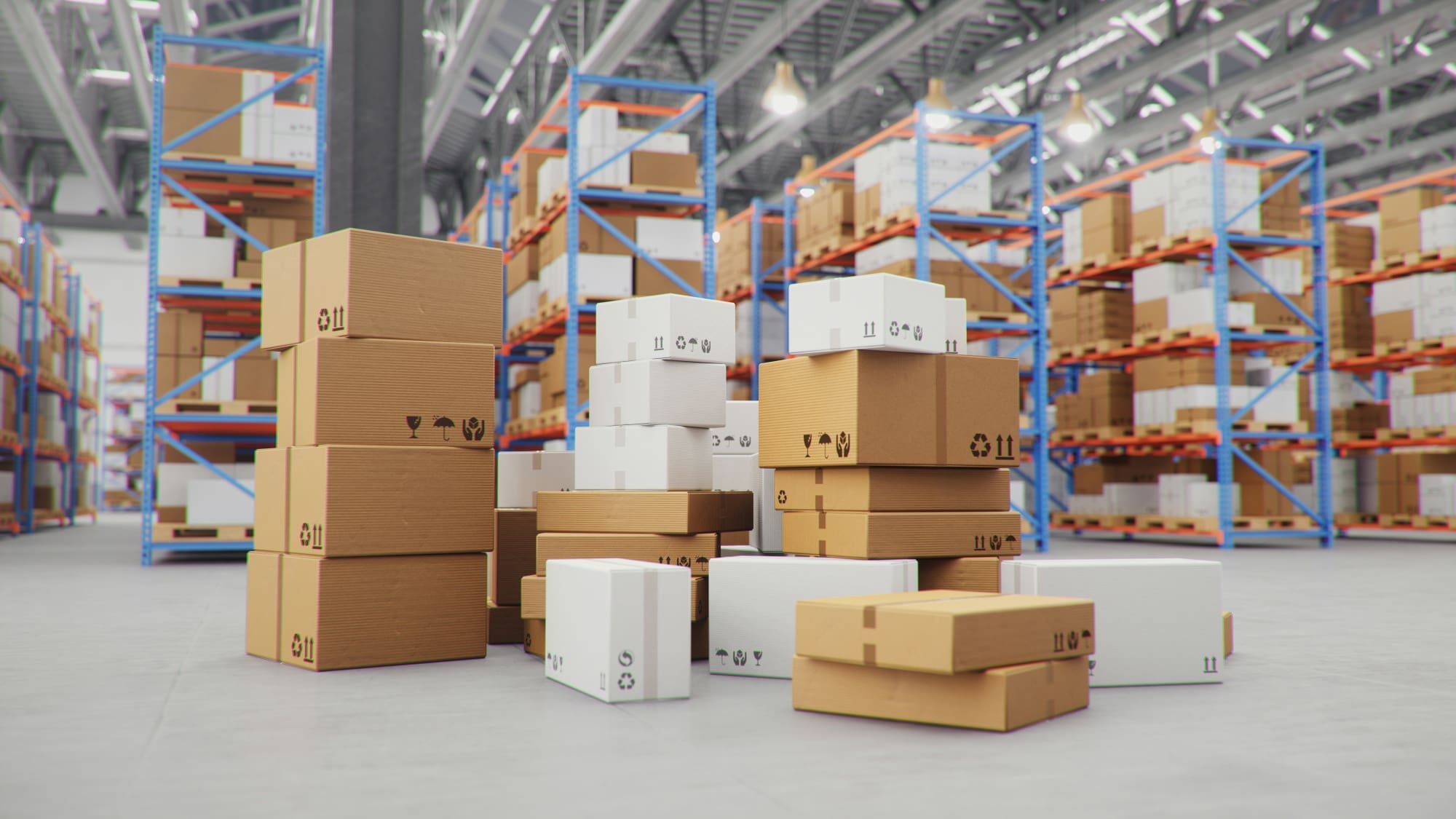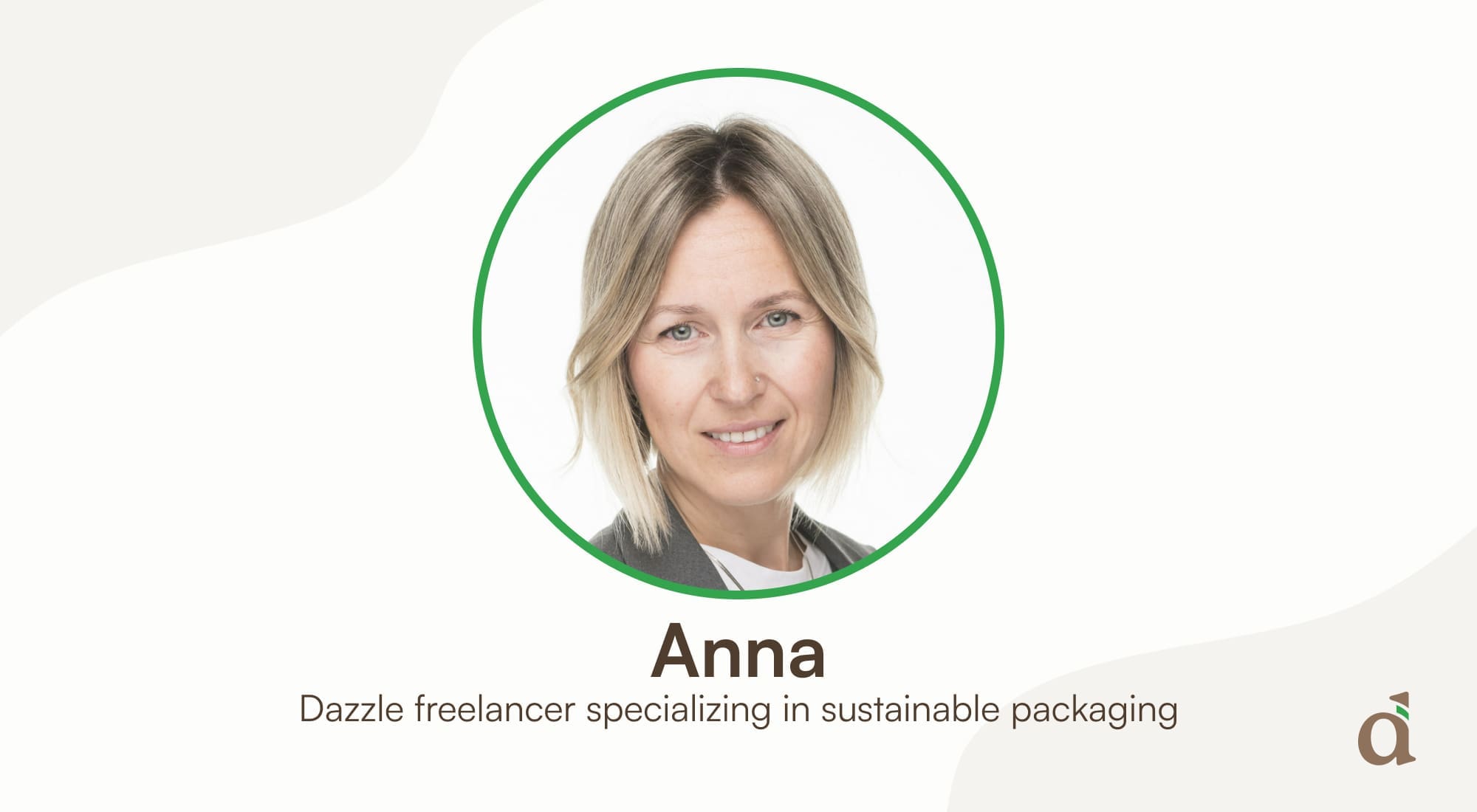About the author
Anna Perlina is a Sustainable Packaging Consultant who supports packaged goods companies in developing and implementing cost-effective sustainable packaging strategies.
If you are placing packaging on the EU market, you will be faced with the EU Packaging and Packaging Waste Regulations (PPWR)
The PPWR took effect on February 11, 2025, and calls for a significant shift towards more sustainable packaging options and operating models.
The PPWR aims to establish a common framework to reduce the environmental impact of packaging placed on EU markets and highlights the need to rethink existing packaging approaches and choices.
The PPWR sets minimum targets for packaging recyclability, reuse, recycled content, and the reduction of unnecessary packaging. Meeting these targets is mandatory for all packaging—primary, secondary, and tertiary—placed on EU markets, whether produced in the EU or imported from outside.
This means that at certain points in time, according to the regulation’s milestones, if your packaging doesn’t comply with the requirements, you won’t be able to place it on the market in the EU.

How to choose the best packaging option
In this context, you are probably thinking about which packaging options you have and how to choose the best one from both regulatory and business perspectives.
Screening and comparing packaging choices might seem confusing, but in reality, approaching it requires a structured method that helps narrow down your options and rely on facts to make decisions.
So, if your company is currently at that crossroads, here is a flow that can help you choose between different packaging options:
- Identify your packaging options:
- At this stage, be open and think unconstrained. What packaging is feasible for your type of product?
- Consider various materials (glass, paper/cardboard, metal, plastic, etc.) and formats (bottles, boxes, pouches, etc.).
- Also list existing reusable, refillable, biodegradable, and compostable alternatives.
- Evaluate functional requirements:
- Review all the options to ensure the packaging adequately protects the product, ensures shelf-life requirements, meets logistical needs, and satisfies consumer expectations.
- This allows you to significantly narrow down your choices.
- The main role of packaging is to protect the product; otherwise, all the efforts to improve packaging sustainability while compromising the integrity of the product inside are pointless.
- Assess against PPWR criteria:
- To further filter your options, map each option against the PPWR requirements and understand whether they allow you to meet the requirements in terms of recyclability, reuse, recycled content for plastics, and packaging minimization.
- Consider life-cycle impacts:
- If after the above assessments you still have more than one option — and they significantly differ in terms of material, concept, or operating model — a Life Cycle Assessment (LCA) can help you make a further differentiation.
- Assess the environmental impact throughout the value chain, including the consumer usage stage and likely end-of-life management scenarios for each packaging option.
- Prioritize packaging choices that demonstrate significant improvements in environmental metrics compared to others.
- Assess implementation feasibility:
- Evaluate the operational feasibility and costs associated with each remaining packaging option. The cost goes beyond the price of the material; it includes investments, roll-out complexity, associated extended producer responsibility (EPR) fees, and plastic taxes.
- The final packaging choice needs to be executable and affordable, otherwise, it won’t be sustainable for your business.

Always take a data-driven approach
It is always best to base your packaging decisions on reputable data, as opposed to just going for some innovation that you saw on your LinkedIn feed, or one that your current supplier offers you.
All the data collected during the exercise discussed above will then be useful to demonstrate compliance, certify your choices, communicate with your stakeholders and consumers, and demonstrate regulatory compliance to the authorities.


